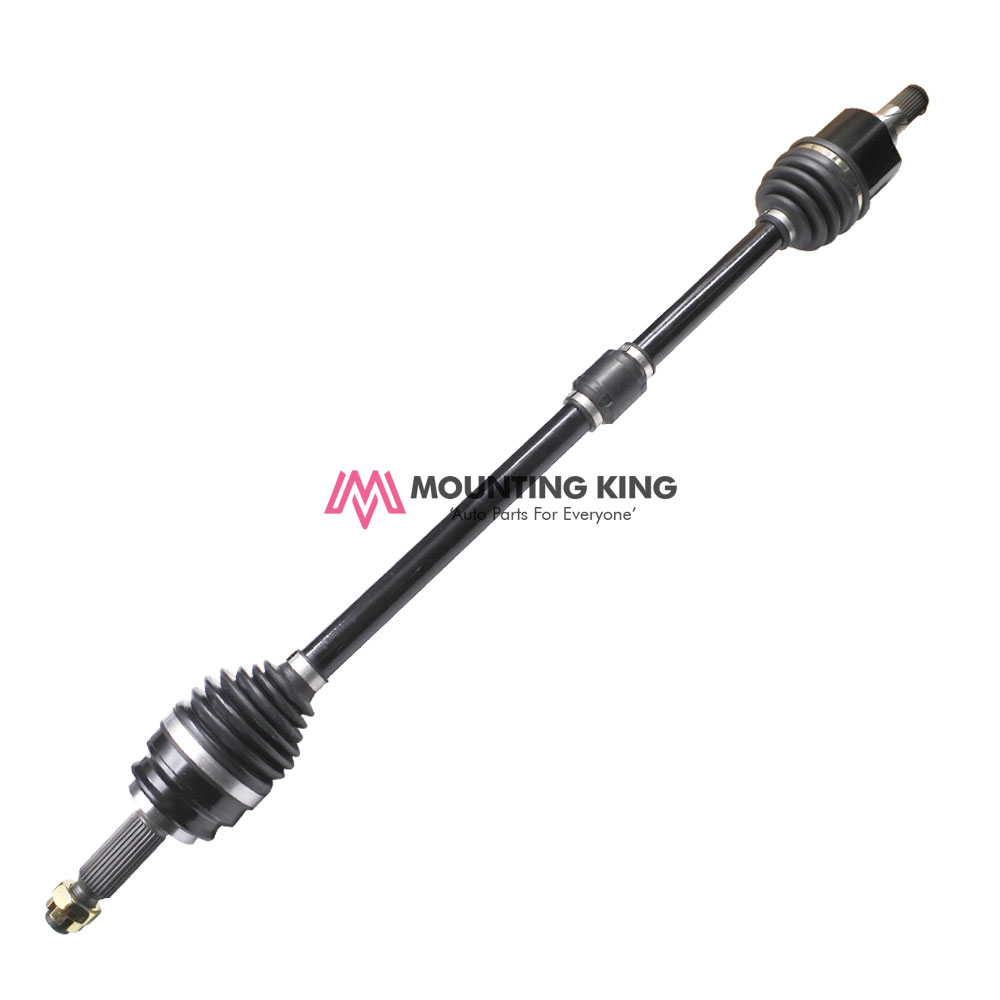

#FRONT DRIVE SHAFT REGISTRATION#
Therefore, if you’re experiencing any of the symptoms above, enter your vehicle registration into the tool provided and we’ll match you with relevant products for your vehicle. If your driveshaft completely fails,you won’t be able to start your engine, or you could lose control of the car if you’re already driving. Some of the most common indications of a driveshaft failure are things like squeaking, rattling, vibration in the floor or resistance in the wheels when turning. Damage to the driveshaft can also be caused through kerb collisions, so it pays to be careful when parking. This can cause the driveshaft to deteriorate over time, causing major problems to your car’s engine and transmission. As a key component to the drivetrain mechanism, the driveshaft is subject to intense pressure and movement. The driveshaft is what delivers the engine’s power to the wheels through the transmission, and is the process which effectively gets your car moving. The term driveshaft usually refers to a component found in a car with rear-wheel drive, as the front-wheel-drive equivalent is typically referred to as a half shaft or frontal drive shaft.

We encourage you to consult with a certified technician or mechanic if you have specific questions or concerns relating to any of the topics covered herein. Under no circumstances will we be liable for any loss or damage caused by your reliance on any content.If you need a driveshaft repair, you’ve come to the right place, as we stock a great selection of driveshafts and transmission parts for a variety of car makes and models.
#FRONT DRIVE SHAFT PROFESSIONAL#
The content contained in this article is for informational purposes only and should not be used in lieu of seeking professional advice from a certified technician or mechanic. Learn more about premium steering and suspension parts, find your car part, or find where to buy your auto part today. Clicking or knocking noiseĬan indicate a worn or failing CV joint. A little bit of grease will get rid of the noise as long as the u-joint does not show signs of excessive wear. Not just annoying, a squeaking noise at low speeds can be caused by a u-joint that needs lubricating. If you experience shuddering when accelerating from a stop or low speed, a loose u-joint or bad carrier bearing could be to blame. If you hear a loud clunking noise when shifting your vehicle, this is another sign of driveshaft damage. A failing u-joint can prevent the wheels from properly turning, making it difficult to control the vehicle. If you’re having trouble making turns, it could be a u-joint issue. If you don’t get these components serviced, it can lead to further damage to other drivetrain components. Worn out u-joints, couplers or carrier bearings can cause the driveshaft to vibrate. Vibrations from under the vehicleĪ common symptom of a failing driveshaft is an intense shaking coming from underneath the vehicle.

If your car exhibits any of these conditions, a trip to your mechanic is in order they have the know-how to diagnose and fix your driveshaft problems. Read on to learn what signs and symptoms you should be on the lookout for. Rather than using universal joints, this setup uses constant velocity (CV) joints.Ī bad or failing driveshaft can make it difficult to control your vehicle. Instead of having a long driveshaft like on a rear-wheel vehicle, all the drivetrain components are in the front of the vehicle. On a front-wheel drive vehicle, the front wheels provide the power. There is the same driveshaft that is on a rear-wheel drive car but there is also an additional front driveshaft that is connected to the front differential and the transfer case by u-joints. On a typical four-wheel drive or all-wheel drive vehicle, there are two driveshafts. A long driveshaft is connected to the transmission on one end and the differential on the other end by universal joints.įour-wheel (4WD) or all-wheel drive (AWD) In a rear-wheel drive vehicle, the rear wheels deliver the power. There are different systems for rear-wheel drive, four-wheel drive and front-wheel drive vehicles. The type of vehicle you drive dictates what kind of drivetrain system is in your vehicle.


 0 kommentar(er)
0 kommentar(er)
